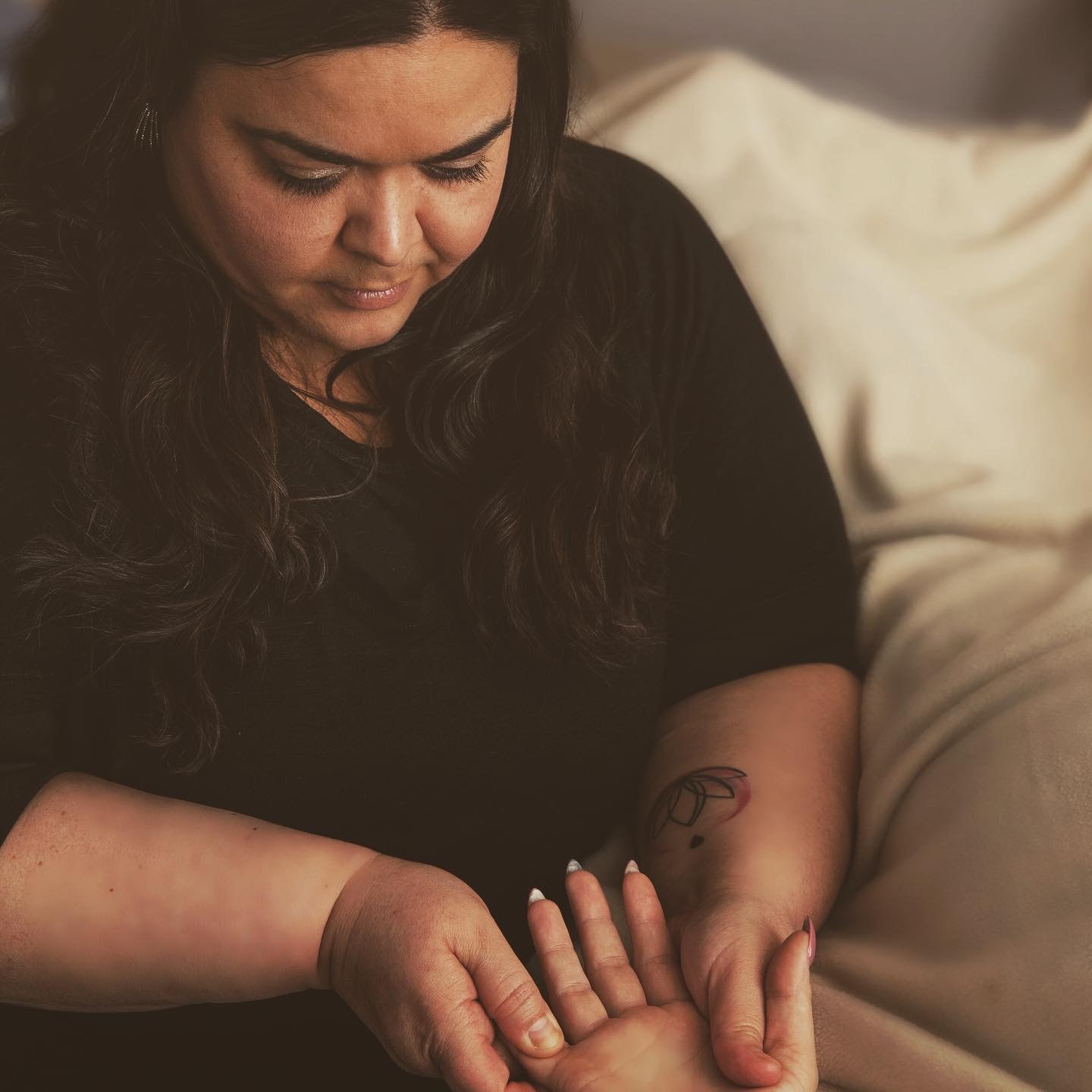This article provides an overview of how veterans can get massage therapy services covered by the VA, along with important steps and considerations.
Massage therapy is increasingly recognized for its numerous health benefits, including pain relief, improved mental health, and enhanced recovery from injuries—benefits that are particularly relevant for veterans. Fortunately, veterans may be eligible to have massage therapy services covered by the (VA) Department of Veterans Affairs. However, navigating the VA’s healthcare system to access these services can be complex.
1. **Understanding VA Health Benefits and Eligibility**
The VA provides healthcare services to veterans based on a priority system that considers factors such as the veteran’s service history, disability status, and financial need. Generally, veterans with service-connected disabilities, those who receive VA pensions, and those with lower income levels are more likely to be eligible for comprehensive health benefits, including complementary and integrative health services like massage therapy.
To determine eligibility, veterans should first enroll in VA healthcare. This can be done online through the VA’s website, by phone, or in person at a VA medical center. Once enrolled, veterans can work with their VA healthcare provider to explore treatment options, including massage therapy.
2. **Obtaining a Referral for Massage Therapy**
Massage therapy isn’t a standard service at all VA medical centers, but veterans can access it through specific VA programs or with a referral from a VA healthcare provider. The VA offers complementary and integrative health services (CIHS), which may include massage therapy, particularly for managing pain, PTSD, and other chronic conditions.
To obtain a referral, veterans should:
– **Schedule a Consultation**: Meet with their primary care provider at the VA to discuss the need for massage therapy. Veterans should be prepared to explain how massage therapy could help manage specific health issues, such as chronic pain, anxiety, or rehabilitation from injuries.
– **Request a Referral**: If the provider agrees that massage therapy would be beneficial, they can issue a referral to a VA medical center that offers these services or authorize care through the VA’s Community Care Program.
3. **Using the VA Community Care Program**
If the VA facility does not provide massage therapy services directly, veterans may be able to receive care from a community provider through the VA Community Care Program. This program allows veterans to access healthcare services outside of the VA network under certain conditions, such as:
– **Geographic Accessibility**: The veteran lives too far from a VA facility or faces a long wait time for an appointment.
– **Specialized Care**: The required service, such as massage therapy, is not available at the nearest VA facility.
To use the Community Care Program:
– **Obtain Authorization**: The VA provider must authorize the use of a community provider. Once authorized, the veteran will receive a referral and be able to choose from a network of approved providers.
– **Schedule an Appointment**: After receiving the referral, the veteran can schedule an appointment with a community massage therapist who is part of the VA’s network.
4. **Navigating Coverage and Payment**
The VA typically covers the cost of massage therapy services if they are deemed medically necessary and provided through an authorized VA or community provider. However, it’s important for veterans to understand the scope of coverage:
– **Pre-Authorization**: All services must be pre-authorized by the VA to ensure they will be covered. Veterans should verify that the massage therapist is an approved provider under the Community Care Program.
– **Billing and Claims**: The massage therapy provider should bill the VA directly for services rendered. Veterans should not be charged out-of-pocket if the service is authorized and provided within the VA network or Community Care Program.
5. **Additional Resources and Support**
Veterans who encounter difficulties in accessing massage therapy services or who need assistance navigating the VA system can seek help from:
– **VA Patient Advocates**: Located at VA medical centers, patient advocates assist veterans in resolving issues and understanding their benefits.
– **Veterans Service Organizations (VSOs)**: Organizations like the American Legion, Disabled American Veterans (DAV), and Veterans of Foreign Wars (VFW) can provide guidance and support in accessing VA benefits.
– **VA Complementary and Integrative Health Coordinators**: Some VA medical centers have coordinators who specialize in complementary and integrative health services, including massage therapy. They can help veterans navigate the process of obtaining these services.
Conclusion
Massage therapy can be a valuable part of a veteran’s healthcare regimen, particularly for managing pain, PTSD, and other chronic conditions. By working closely with VA healthcare providers and utilizing programs like the VA Community Care Program, veterans can access massage therapy services with the costs covered by the VA. Understanding the referral process, eligibility criteria, and available resources is key to successfully obtaining these benefits.
—
Sources:
1. **U.S. Department of Veterans Affairs**. “VA Health Care Eligibility.” Retrieved from [VA.gov](https://www.va.gov/health-care/eligibility/).
2. **VA Community Care Program**. “A Guide to VA Community Care.” Retrieved from [VA.gov](https://www.va.gov/communitycare/).
3. **National Center for Complementary and Integrative Health**. “Complementary Health Approaches in the VA.” Retrieved from [NCCIH](https://www.nccih.nih.gov/health/complementary-health-approaches-in-the-va).
4. **American Massage Therapy Association**. “VA Healthcare Coverage for Massage Therapy.” Retrieved from [AMTA](https://www.amtamassage.org/articles/4/Consumer-Articles/395/VA-Healthcare-Coverage-for-Massage-Therapy).
(Note: These sources inform the development of this article. Please verify the specific policies and procedures currently in place by referencing up-to-date and official VA documents.)


